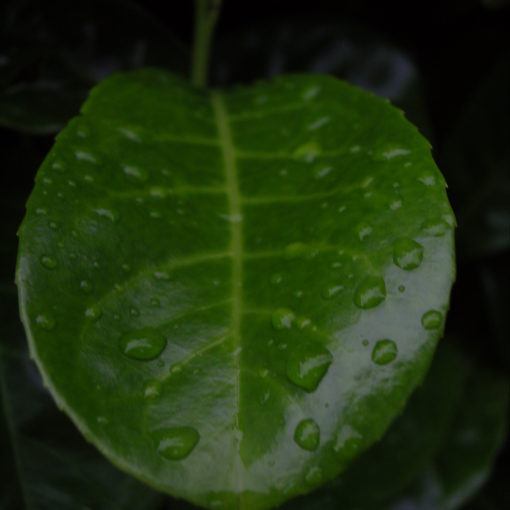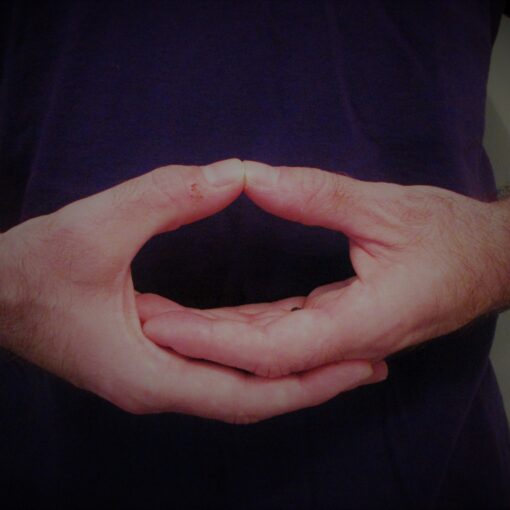‘Perfect is the enemy of good.’ Voltaire
Are you a perfectionist? Do you set higher standards for yourself than you do for other people? Do you strive for continual improvement in areas of your life you value, for example in your archery? As a ‘reforming’ (that is, not quite reformed) perfectionist who has studied Japanese archery (kyudo), I will discuss in this article why perfectionism isn’t always helpful and how it can in fact be detrimental to your performance in sports such as archery.
What is perfectionism? In their useful book on Overcoming Perfectionism, Shafron, Egan and Wade offer the following definition:
‘Perfectionism is the setting of, and striving to meet, very demanding standards that are self-imposed and relentlessly pursued despite this causing problems. It involves basing your self-worth almost exclusively on how well these high standards are pursued and achieved.’
But, you may ask, isn’t setting high standards and seeking to improve the way that you get better in your shooting? If I drop my standards won’t I just be accepting poor performance? On these questions, it’s important to acknowledge the difference between a healthy pursuit of excellence and unhealthy perfectionism. Setting goals, such as placing in a competition or increasing your personal best score, is an important way to motivate yourself to improve. With unhealthy perfectionism, however, setting high standards for yourself and either discounting their value if they are met, or harshly criticising yourself if they are not, can lower motivation and hinder rather than help your shooting performance. Kristin Neff, a renowned psychologist who researches self-compassion, notes that striving to meet goals can become counter-productive if you place too much of your self-worth in meeting those high-standards.
Perfectionists often ‘over-train’, increasing the duration of training or number of arrows shot, for example, in the belief that just putting in more effort will improve technique. Such determination is admirable, but misguided. The amount of improvement you get from increasing effort has a limit. Repetition of a closed skill such as drawing a bow is necessary to train the body and refine technique, but if you loose too many arrows and become fatigued then, no matter how hard you try, your performance level is likely to dip.
My hard-earned advice here is that it is optimum, rather than maximum, effort that is required to improve. If you notice that you are getting tired, take a break, and also give yourself a break – try to frame your inner monologue as though you were supporting a friend, rather than berating yourself for a poor shot or competition performance. We are often much harder on ourselves than we are on others. This tends to lower our confidence and motivation rather than helping us to get over a mistake. Self-compassion is a more effective motivator than self-criticism. Give yourself the mental support you need to get over the difficulty, rather than telling yourself that you are a failure.
My experience of archery is through studying kyudo, Japanese archery, in Tokyo for doctoral research. I do not claim that kyudo is an esoteric practice, as characterised by Eugene Herrigel’s famous book Zen in the art of archery. However, there are some useful approaches and concepts from kyudo which could be useful to archers from other disciplines and cultures. In kyudo training, while the ostensible goal is to hit the target, training focuses more on refining technique, for example through makiwara practice (shooting into a straw butt). A key point here is that if you concentrate on improving your form in the process of shooting, your likelihood of hitting the target will increase. You can apply this to your own training and competition performance too. Try not to get hung up on the outcome of your shots, instead be mindful – pay attention in the moment of the draw to optimising your form and technique as you shoot.
Often peak performance in sport is framed in terms of ‘flow’ experience. In Japanese martial arts such as kyudo, a similar concept is that of mushin, or ‘no-mind’. Mushin describes a state where the archer can shoot with effortless automaticity. No-mind does not, however, mean ‘unthinking’, but rather not engaging in mental reflection while performing the shot, you are just aware and in the moment. Mushin and flow both reflect a state of self-aware activity in which intention and action are aligned without the need for conscious reflection. Awareness is the key, as it is mindful (i.e.self-aware), rather than mindless (i.e. unthinking) automaticity. Fundamentally, if you are able to focus on the moment during shooting, rather than getting distracted by a previous mistake or possible outcome, you are more likely to ‘get in the zone’.
Another useful concept from Japanese archery is that of zanshin, or ‘remaining body / remaining mind’. Zanshin is the last stage in the eight stages of shooting (hassetsu), which define how you draw the bow and release the arrow in kyudo. The shot does not end with the release: after the arrow is released, the archer holds the body and mind momentarily in position, continuing to expand, with a sense of physical poise and mental equanimity. Practising self-awareness after releasing the arrow is something you can try. It helps keep you focused and in the moment.
In general, I’d encourage you to apply a mindful approach in your shooting. Be aware of how you are mentally, physically and emotionally as you draw and release. Developing and practising presence of mind as you shoot is a way in which you can give yourself what you need in the moment to optimise your performance. Goals are useful short-term motivators, but focusing on your shooting rather than the outcome is likely to lead to better outcomes.
If you would like to learn more about how applying mindfulness and compassion can help you improve your performance in sport, contact Dr. Kris Chapman at kris@mindfulkindfulness.co.uk or visit his website at www.mindfulkindfulness.co.uk.
Glossary of Japanese archery terms
Hassetsu – more formally shaho hassetsu, the eight stages of shooting in Japanese archery. These stages are: 1. Ashibumi – footing, 2. Dozukuri – Forming the torso, 3. Yugamae – reading the bow, 4. Uchiokoshi – raising the bow, 5. Hikiwake – Drawing apart, 6. Kai – full draw, 7. Hanare – release, 8. Zanshin – remaining spirit / form.
Kyudo – Japanese archery, literally ‘the way of the bow’. A form of archery based on the Japanese martial traditions and practised as a modern martial art both in Japan and around the world. It has a distinctive focus on formal shooting procedure and, traditionally, the use of a 2-metre tall bamboo bow (although composite bows are also used).
Mushin – more formally mushin no shin, the ‘mind of no-mind’. No-mind is a Zen Buddhist concept used in Japanese martial arts. No-mindedness doesn’t mean ‘unthinking’, but rather not engaging in mental reflection while doing an activity – you are just aware and in the moment. It’s like the idea of ’flow’ experience used in sports psychology.
Zanshin – Depending on the Japanese characters used, this can mean ‘remaining body’ or ‘remaining mind’. It is the final stage of the eight stages of shooting (hassetsu) in Japanese archery. The All Japan Kyudo Association’s manual describes it as: ‘Expressed as spirit, it is the remaining spiritual energy [or more prosaically, mental focus], and expressed as form it is the remaining body action.’ It is the retention of focus and form after the release of the arrow.
An edited version of this article has been published in March 2021 in Archery UK magazine (Spring 2021 edition) and is available at: http://flk.bz/tSi3. Go to the magazine and type ‘perfectionism’ in the search box to find the article. It is on pages 57-59.



